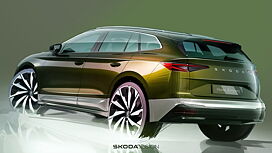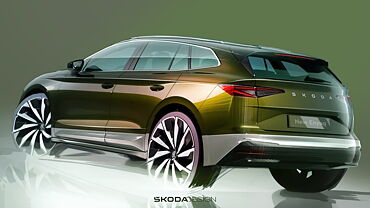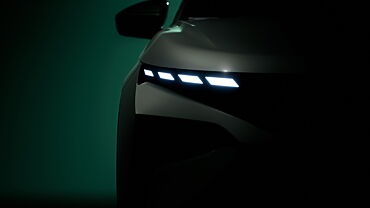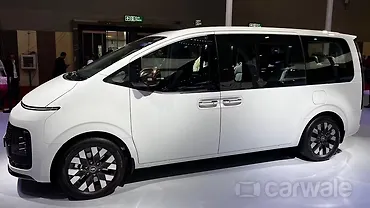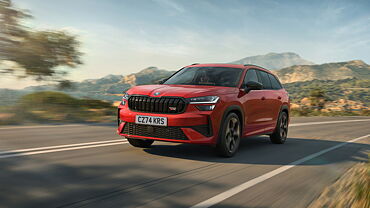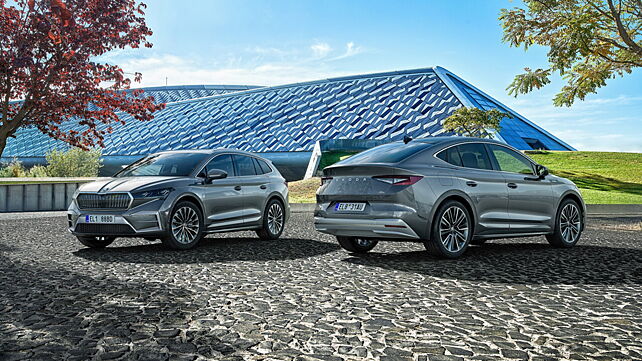
- Get cosmetic changes with increased driving range
- To be offered in both RWD and AWD configuration
Skoda has introduced a new Laurin and Klement (L&K) variant in its all-electric Enyaq lineup. With this, the carmaker has also updated the power output and the driving range of the Enyaq EV with lesser charging time. Both Enyaq and Enyaq Coupe get this range-topping variant in their lineup now.

On the outside, the L&K variant distinguishes itself from the standard variant by an L&K badge on the fenders, chrome details on the front bumpers, body-coloured side skirts, silver roof rails, a revised rear bumper, and a new colour scheme called Platinum Grey. There are also new 21-inch Aquarius alloy wheels offered as an optional package. Other bits and pieces like the crystal illuminated chrome grille, panoramic sunroof, and full LED headlamps and tail lights with dynamic indicators have been carried over from the standard variants.

Although the dashboard layout is unchanged from the regular versions, the new trim brings new beige upholstery with an option of black finishes. Additionally, the L&K variants get new ventilated and heated front seats with massage functions along with new aluminium pedals. Other standard features include ambient lighting, leather upholstery, automatic climate control, a virtual cockpit, and more.
Meanwhile, the infotainment unit gets a new UI with enhanced graphics, colours, and a new menu screen with shortcut layouts to make it easier to operate while also packing many features.

As for its specifications, the Enyaq, with the new L&K trim, gets an increased power output of 210kW and an improved driving range of 570km on a full charge. With this, the charging time has also been reduced and now it takes less than 30 minutes to charge the 82kW battery pack from 10 to 80 per cent. It will be offered in both RWD and AWD powertrains. Then there’s more tech added to optimise the charging mechanism in the form of the new pre-heating function of the battery.

The Skoda Enyaq could make its way to the Indian shores sometime in 2024, and it will likely be introduced in the country via the CBU route.

